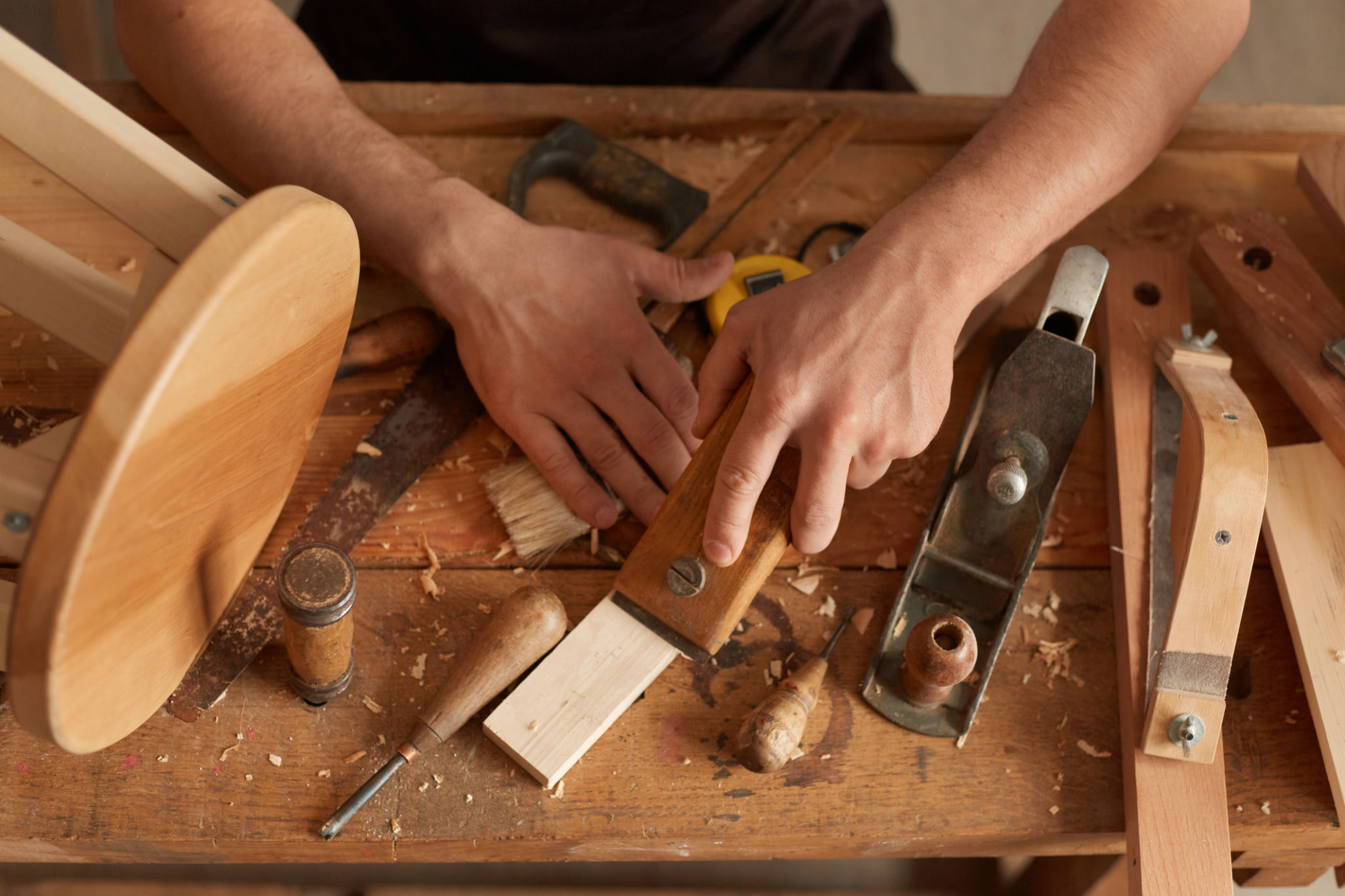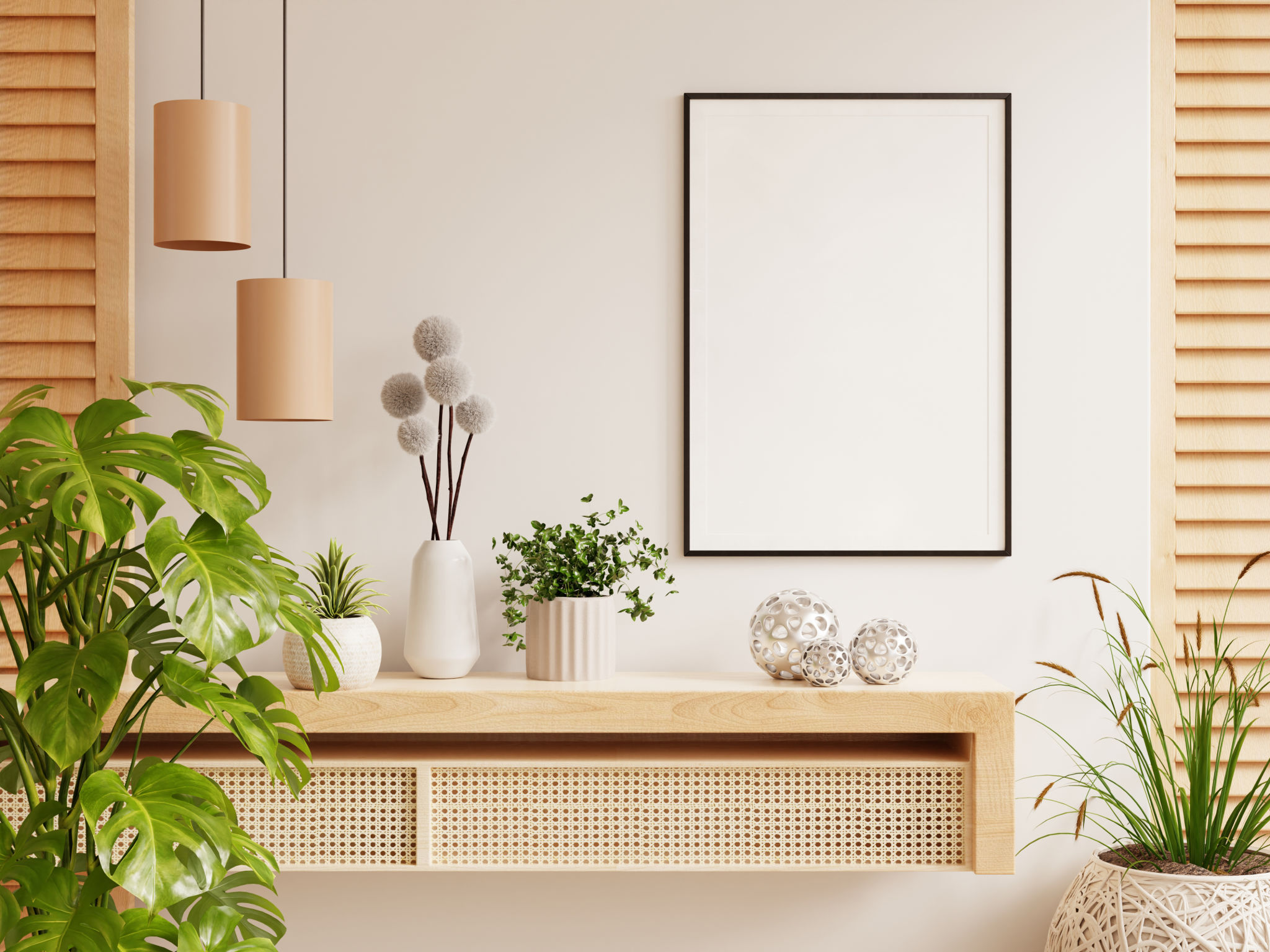How to Restore Your Kitchen Cabinets: Expert Tips from York Professionals
Understanding the Importance of Restoring Your Kitchen Cabinets
Over time, kitchen cabinets can become worn and outdated, detracting from the overall look and functionality of your kitchen. Restoring them not only enhances your home's aesthetic but also increases its value. Whether you're planning to sell or simply want a fresh look, giving your cabinets a facelift is a worthy investment.

Assessing the Condition of Your Cabinets
Before diving into restoration, it's crucial to assess the current state of your cabinets. Look for signs of wear such as scratches, peeling paint, or loose hinges. Identifying these issues early on will help you determine the extent of work needed and the materials required for the restoration process.
Checking for Structural Integrity
Ensure that the cabinets are structurally sound. Check for any loose joints or water damage, especially around the sink area. If you find significant damage, consider consulting a professional to evaluate whether repairs or replacements are necessary. Addressing these issues ensures a long-lasting restoration.

Preparing Your Cabinets for Restoration
Proper preparation is key to a successful restoration. Start by removing all cabinet doors, drawers, and hardware. Cleaning is an essential step; use a mixture of warm water and mild detergent to remove grease and dirt buildup. For stubborn grime, consider using a degreaser.
Sanding and Priming
Sanding the surfaces is crucial for a smooth finish. Use medium-grit sandpaper to remove old paint or varnish, then switch to fine-grit sandpaper for a polished surface. After sanding, apply a primer to ensure that the paint adheres well and lasts longer.

Choosing the Right Finish
The finish you choose can dramatically affect the look and durability of your cabinets. Options include stain, paint, or varnish, each offering distinct advantages. Staining allows the wood's natural texture to shine through, while paint offers a broader color palette. Consider your kitchen's overall style when making your decision.
Applying the Finish
When applying your chosen finish, use high-quality brushes or rollers for even coverage. Apply multiple thin coats rather than one thick coat to avoid drips and ensure a smooth surface. Allow adequate drying time between coats to achieve the best results.

Reassembling and Final Touches
Once the finish is dry, reattach the cabinet doors and drawers. Consider updating the hardware for a modern touch; new knobs or handles can make a significant difference. Finally, check for any touch-ups needed before enjoying your newly restored kitchen cabinets.
Restoring your kitchen cabinets can be a rewarding DIY project with stunning results. By following these expert tips from York professionals, you can transform your kitchen into a space that feels brand new.
